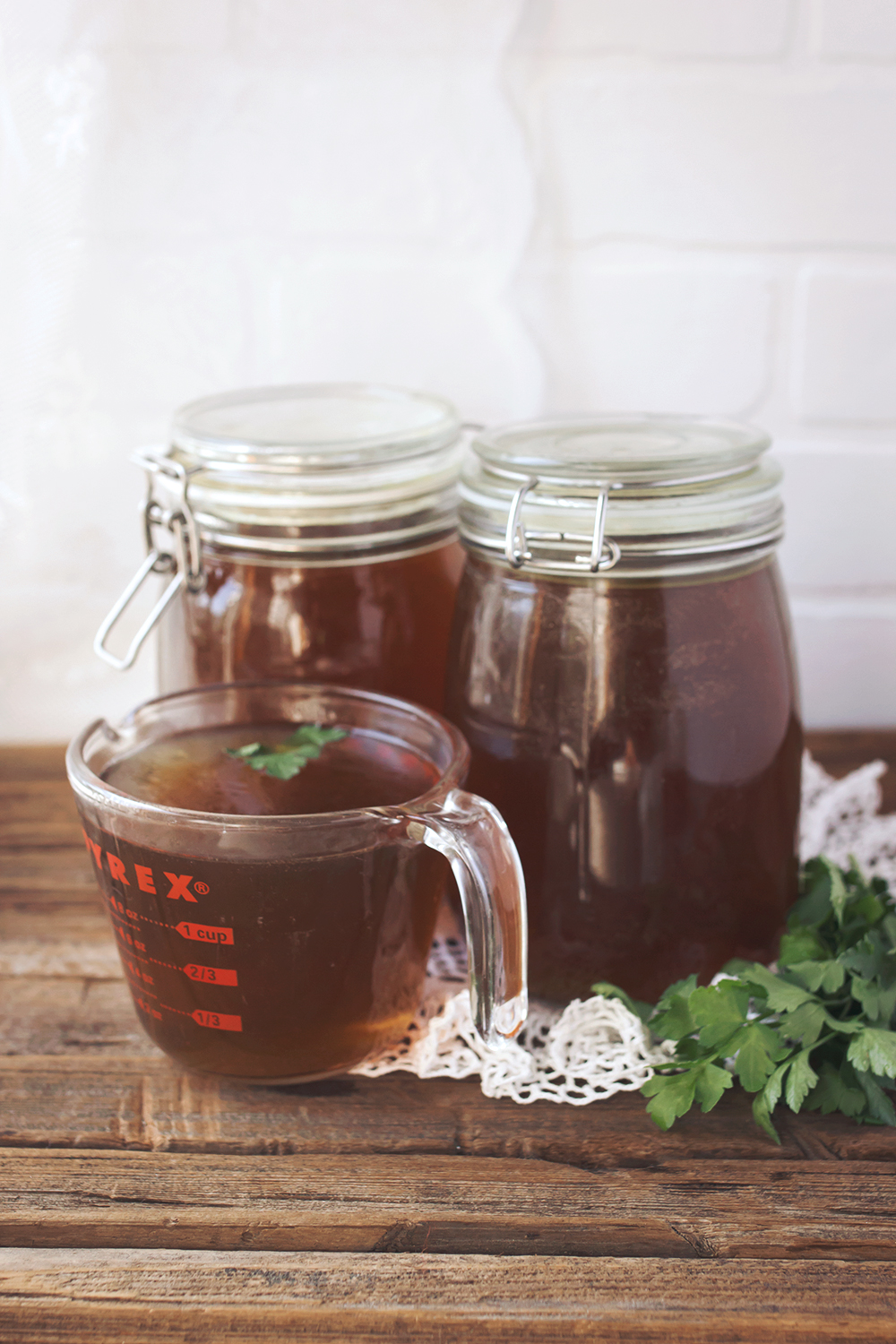How To Make A Vegetable Stock - Listen up fam, if you're a true foodie, stock making should be a part of your cooking repertoire. But if you're not down with the traditional animal-based stock, or just tryna incorporate more veggies into your meals, a homemade vegetable stock is the way to go. Not only does it add depth of flavor to your favorite dishes, but it's also a great way to use up veggie scraps that you might otherwise toss. Here's how to go from basic to BOSS with your vegetable stock game:
Ingredients
Scraps and Peels

Here's where you can really start getting creative. Don't just think celery and onion peels, but also carrot tops, fennel stalks, mushroom stems, and whatever else you might have on hand. Just make sure everything is washed thoroughly before tossing it in the pot.
Mirepoix

Mirepoix is a fancy French term for a mixture of onions, carrots, and celery that forms the base of many soups, stews, and sauces. For a vegetable stock, a basic mirepoix is all you need - one onion, two carrots, and two celery stalks, chopped into large pieces. Don't worry about perfection here, everything will be strained out later.
Aromatics

Aromatics are the herbs and spices that add flavor and dimension to your stock. For a basic vegetable stock, a few sprigs of thyme, a bay leaf or two, some peppercorns, and a handful of parsley will do the trick. But if you're feeling fancy, you can experiment with different herbs and spices like rosemary, sage, or even ginger.
How To Make
Step 1: Rough chop veggies
Once you've gathered all your ingredients, give everything a rough chop. You don't need to worry about precise cuts since everything will be strained out later.
Step 2: Roast the veggies (optional)

If you're feeling fancy, you can roast your veggies in the oven for about 30 minutes before adding them to the pot. This will give your stock a deeper, richer flavor. But if you're short on time or just feeling lazy, you can skip this step and go straight to boiling everything on the stovetop.
Step 3: Add everything to the pot
Once your veggies are prepped, add them to a large pot along with your aromatics and enough water to cover everything by a few inches. Bring everything to a boil over high heat, then reduce the heat to low and let everything simmer for at least an hour, or until your stock has taken on a rich, golden color and a deep flavor.
Step 4: Strain and cool
Once your stock is done simmering, strain everything through a fine mesh sieve, making sure to press down on the solids to extract as much liquid as possible. Let the stock cool to room temperature, then transfer it to airtight containers and store it in the fridge for up to a week, or in the freezer for longer.
Tips and Tricks
Now that you're a veggie stock master, here are a few tips to take your stock game to the next level:
- The longer you simmer your stock, the deeper and richer the flavor will be. If you have the time, let it simmer for as long as you can.
- Don't be afraid to experiment with different veggies and aromatics. You never know what delicious combinations you might come up with.
- If you're running low on veggie scraps, you can always supplement with whole veggies. Just make sure to wash and chop them first.
- Use your veggie stock as a base for soups, stews, and sauces, or add it to rice or quinoa for extra flavor.
And that's it, folks! Making your own vegetable stock is easy, affordable, and a great way to elevate your cooking game. So next time you're tossing those veggie scraps, think twice and give homemade stock a try.
Find more articles about How To Make A Vegetable Stock